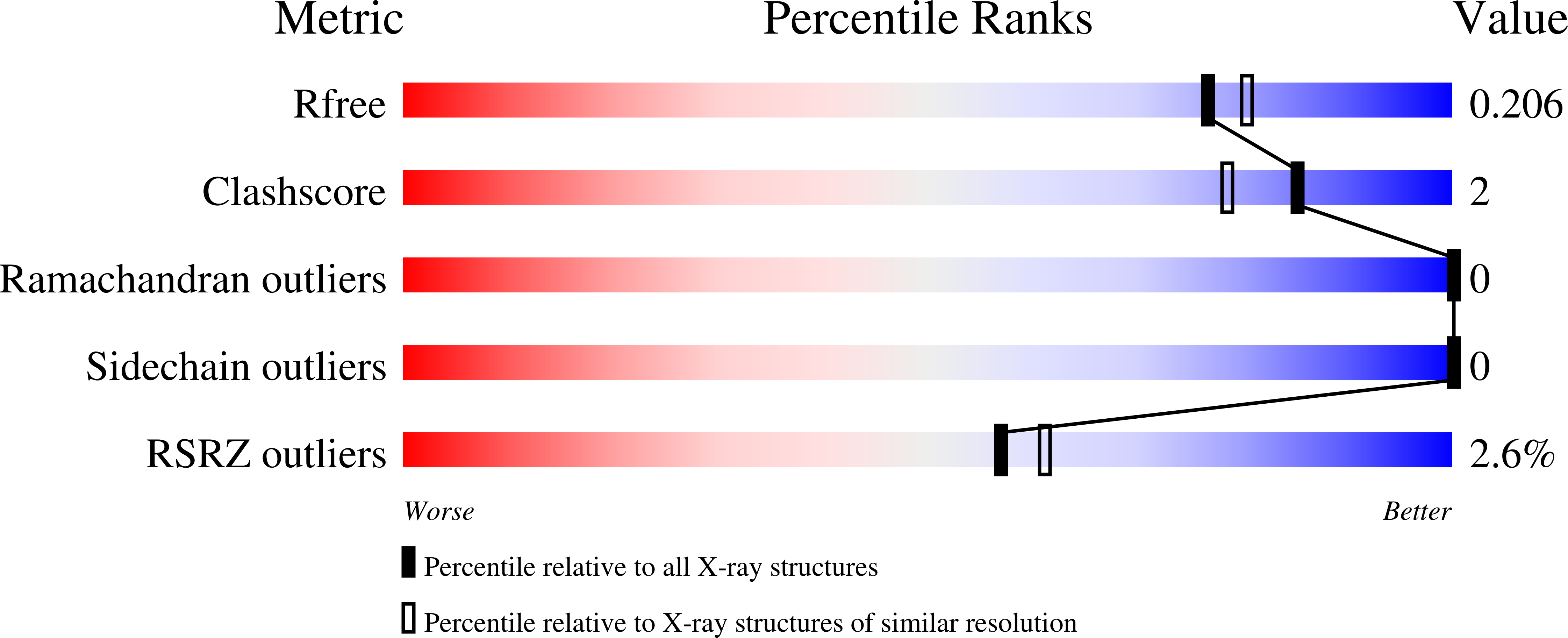
Deposition Date
2024-02-16
Release Date
2024-10-30
Last Version Date
2025-03-26
Entry Detail
PDB ID:
8S1X
Keywords:
Title:
Crystal structure of Actinonin-bound PDF1 and the computationally designed DBAct553_1 protein binder
Biological Source:
Source Organism:
Pseudomonas aeruginosa (Taxon ID: 287)
synthetic construct (Taxon ID: 32630)
synthetic construct (Taxon ID: 32630)
Host Organism:
Method Details:
Experimental Method:
Resolution:
1.88 Å
R-Value Free:
0.20
R-Value Work:
0.18
R-Value Observed:
0.18
Space Group:
P 21 21 21


